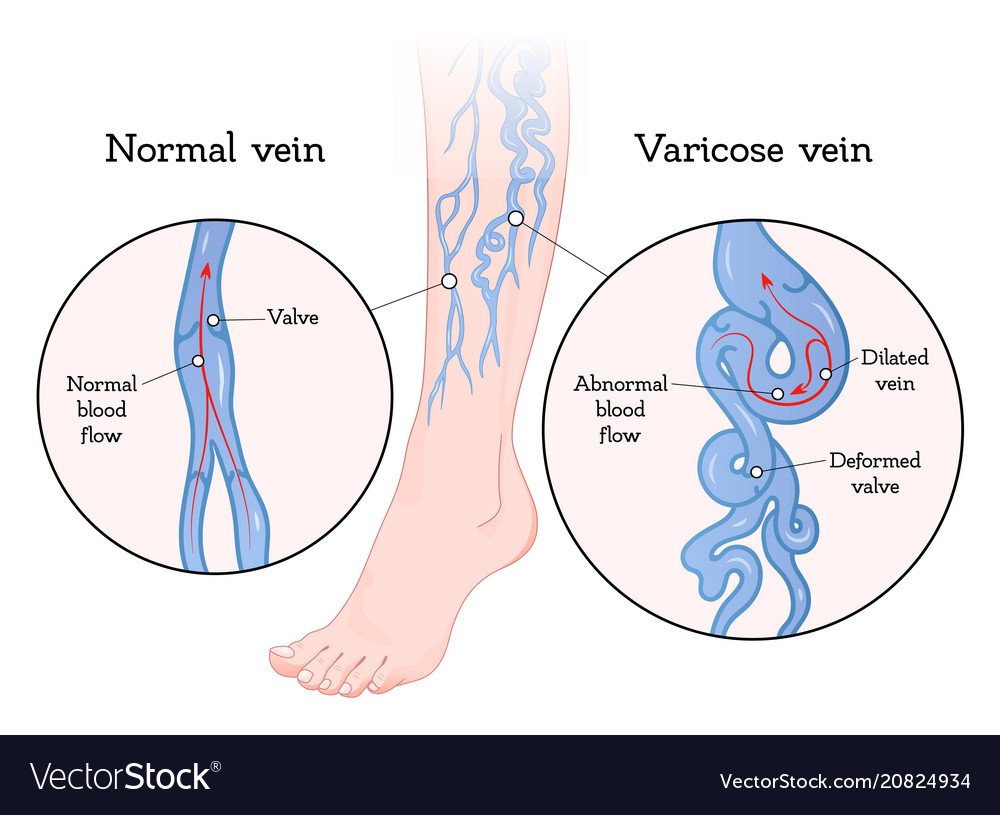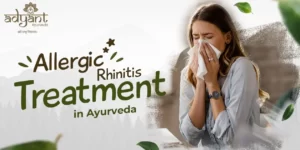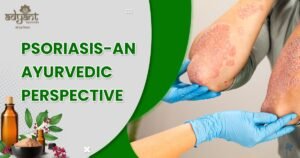Ayurveda management for Varicose veins
What is a Varicose vein? / Know more about varicose veins
Varicose veins are enlarged veins. Any superficial vein might also emerge as varicose, however, the veins most usually affected are those in your legs. This is because standing and strolling upright will increase the pressure within the veins of your decreased body. Ayurveda management for varicose veins helps to reduce pain and symptoms.
For many people, varicose veins and spider veins—a commonplace, slight variation of varicose veins—are certainly a cosmetic challenge. For different people, varicose veins can cause aching and discomfort. Varicose veins cause more severe issues than spider veins.
Symptoms and signs of Varicose vein
Symptoms you can have varicose veins consist of:
- Veins which are darkish red or blue in shade
- Veins that seem twisted and bulging; may be regularly like cords on your legs
When painful signs and symptoms and signs arise, they’ll consist of:
- An achy or heavy feeling on your legs
- Burning, throbbing, muscle cramping, and swelling for your decreased legs
- Worsened ache after sitting or sitting for a long time
- Itching around one or more of your veins
- pores and skin discolouration around a varicose vein
Spider veins are just like varicose veins, but they may be smaller. These veins are observed towards the skin’s surface and are regularly red or blue.
Spider veins arise on the legs, but also can be discovered on the face. They vary in size and frequently appear to be a spider’s web.
Risk Factors in Varicose vein
Complications of varicose veins, although rare, can include:
- Ulcers. Painful ulcers may form on the skin near varicose veins, particularly near the ankles. A discoloured spot on the skin usually begins before an ulcer forms.
- Blood clots. Occasionally, veins deep within the legs become enlarged. In such cases, the affected leg may become painful and swell. The condition is known medically as thrombophlebitis.
- Bleeding. Occasionally, veins very close to the skin may burst. This usually causes only minor bleeding. But any bleeding requires medical attention.
Prevention of Varicose vein
There’s no way to completely prevent varicose veins, but improving your circulation and muscle tone may reduce your risk of developing them or getting additional ones. You can also take the same measures to treat the discomfort from varicose veins at home.
- Exercising
- Watching your weight
- Eating a high-fiber, low-salt diet
- Avoiding high heels and tight hosiery
- Elevating your legs
- Changing your sitting or standing position regularly
Few reasons for varicose vein
- excessive strain on the legs & stomach due to immoderate weight benefit
- Weakening of the body due to age
- Hormonal disorder
- extended intervals of standing which create extra stress at the legs
- lack of workout
- undertaking sporting events that put excess stress on the legs
- Genetic predisposition
- sicknesses like vein thrombosis
- A severe injury or surgical treatment of the leg
Ayurveda view about varicose veins / Ayurveda approach about varicose veins
Varicose veins are mainly a Vata disorder, brought on by an imbalance in Vyana Vata, but most often with pitta involvement which generates increased pressure, which affects the valves and the elasticity of their veins.
Vata is characteristically dry, moving, and demanding. The mind-body operator (dosha) governs movement in the body, for example, the motion of the blood through the veins and arteries.
Vyana Vata, the sub doshas of Vata, is responsible for hauling oxygen-rich blood from the heart to the body’s cells through the blood vessels
When Vyana Vata is out of balance, excessive dryness contributes to the hardening and loss of elasticity of these valves and the veins. Varicose veins are primarily caused by poor circulation as regulated by Vyana Vata. Its secondary complications such as ulcers are due to impurities in the bloodstream
Ayurvedic herbs for varicose vein
Ayurveda views varicose veins as well as a Pitta dosha imbalance, often associated with Vata and sometimes Kapha imbalance. The Ayurvedic treatment concentrates on digestion, herbals, detox, diet, yoga, exercise, as well as lifestyle changes. Rejuvenation herbal food supplements help improve circulation as well as to help prevent the build-up of impurities in the veins. These formulations help revitalize the organs and tissues, the deterioration of which causes premature aging and can be a component in varicose veins. Herbal food supplements that help with inflammation and ulcers can be effective.
Therapeutic procedures like Udwartana, Siravyadha/Raktamokshan, as well as leech, Kizhi, and Nadisweda, are done externally to give relief in varicosity.
Further to Ayurveda treatment, exercise, diet, and lifestyle modification are also equally important to reduce pain and symptoms of Varicose vein
Best Ayurvedic therapies for varicose vein
1. Raktamokshana (Bloodletting)
- Description: A traditional Panchakarma therapy involving controlled removal of impure blood to alleviate venous congestion and reduce inflammation.
- Benefits: Reduces pressure in the veins, clears toxins, and prevents complications like ulcers.
- Techniques:
- Leech Therapy (Jalaukavacharana): Medicinal leeches suck impure blood and improve circulation.
- Siravyadha: A controlled puncture to remove stagnant blood.
2. Abhyanga (Herbal Oil Massage)
- Description: Full-body massage using medicated oils like Dhanvantaram Thailam or Kottamchukkadi Thailam to stimulate blood flow.
- Benefits: Relieves muscle fatigue, improves venous return and reduces swelling.
- Procedure: Warm oil is gently massaged upward along the legs, promoting circulation.
3. Udwartana (Herbal Powder Massage)
- Description: Dry or semi-dry massage using herbal powders like Triphala, to enhance lymphatic drainage and reduce Kapha imbalance.
- Benefits: Strengthens veins, reduces heaviness, and alleviates swelling.
- Ideal for: Early stages of varicose veins and reducing associated obesity.
4. Kizhi (Herbal Pouch Therapy)
- Description: Warm herbal poultices (filled with anti-inflammatory herbs like Nirgundi and Turmeric) are applied to the affected area.
- Benefits: Relieves pain, reduces swelling, and enhances circulation.
- Variants:
- Ela Kizhi: Using medicinal leaves.
- Navara Kizhi: Using medicated rice for rejuvenation.
5. Pichu Therapy
- Description: Thick layers of medicated cotton soaked in warm herbal oil are placed over the affected area.
- Benefits: Reduces discomfort, soothes pain, and aids in healing.
- Commonly Used Oils: Tila Thailam (Sesame Oil) or Vranaropana oils.
6. Nadi Swedana (Steam Therapy)
- Description: A localized steam application using herbal decoctions.
- Benefits: Improves circulation, reduces stiffness, and alleviates pain in varicose veins.
- Procedure: Herbal steam is directed at the legs without overheating the veins.
7. Virechana (Therapeutic Purgation)
- Description: A detoxification therapy that eliminates Pitta dosha aggravation through purgation.
- Benefits: Enhances digestion, reduces systemic inflammation, and prevents venous congestion.
- Dietary Support: A customized Pitta-pacifying diet.
8. Herbal Bandaging
- Description: Legs are wrapped with bandages soaked in herbal decoctions to support veins and improve circulation.
- Benefits: Provides relief from swelling, prevents vein bulging, and promotes healing.
SPECIALITIES
—





